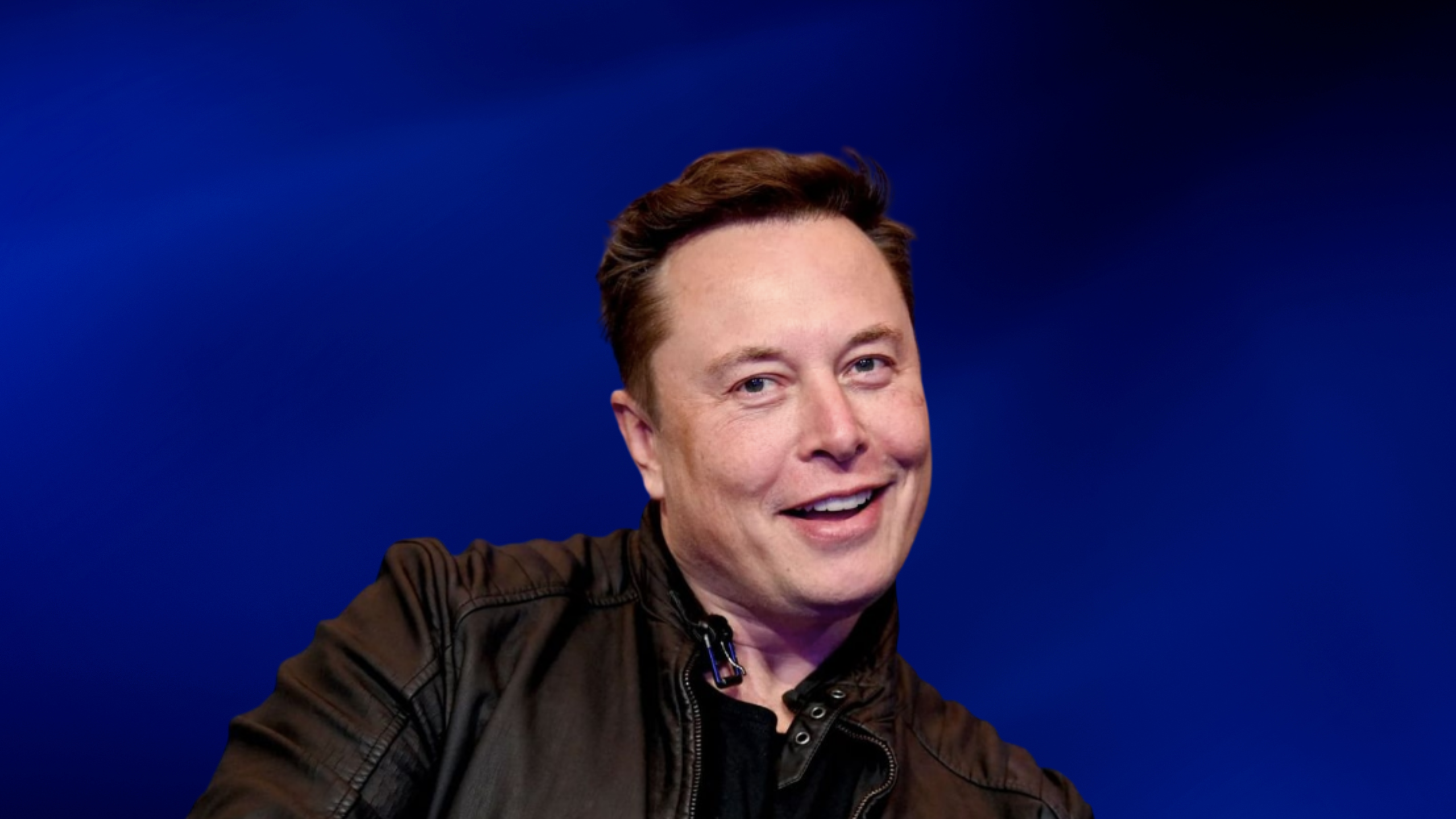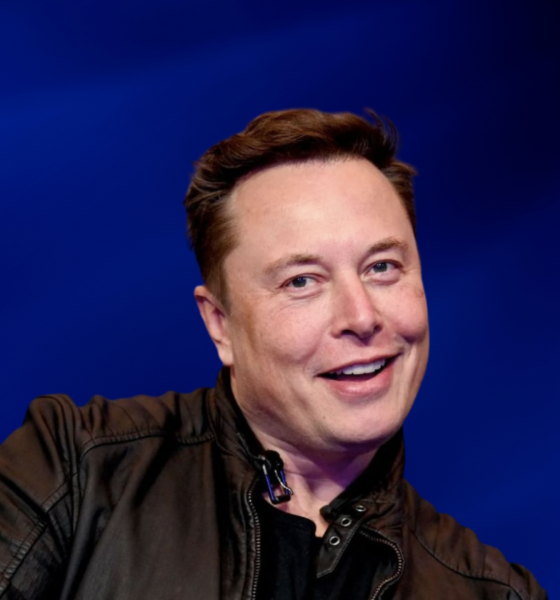The mainstream media’s trashing of Elon Musk is not journalism at all. In fact, I think it’s highly disturbing that news websites are so obsessed with Elon Musk. They’ve gone from using his name to make money off of clicks to making up stuff about him or twisting his words for clicks.
Remember that Wall Street Journal article from this weekend? The one that accused Elon Musk of having an affair with Sergey Brin’s wife and claimed that Elon and Sergey were no longer friends. This is one example.
The WSJ’s decision to stand by its already refuted article shows that journalistic ethics have been sold for clicks. It’s a sad day for journalism.
Moreover, I talked to Sergey yesterday and he says neither he nor anyone he knows has talked to WSJ
— Elon Musk (@elonmusk) July 27, 2022
Not only did Elon Musk publicly deny the story, but so did Nichole Shanahan’s lawyer. In a statement to The Daily Mail, the attorney said that not only was the WSJ’s report false, but it was also defamatory.
“Make no mistake, any suggestion that Nicole had an affair with Elon Musk is not only an outright lie but also defamatory.”
Additionally, Elon Musk shared a photo of himself and the Google co-founder with the New York Post and said, that he’d spoken with both parties who were adamant that they were not the source behind the WSJ’s claims.
Why is the mainstream media’s trashing of Elon Musk intensifying?
Why does the mainstream media hate Elon Musk so much? This is a question I asked on Twitter. It was rhetorical because many in the Tesla community, including myself, suspect a few reasons.
Tesla’s refusal to buy advertising, Elon’s continuous standing up for himself against trolls, and of course, the clicks.
One thing I’ve noticed is that this hatred of Elon is intensifying. And the WSJ’s refusal to retract its allegations reflects its dismissal of journalistic ethics. According to a spokesperson from the outlet, “We are confident in our sourcing, and we stand by our reporting.”
That WSJ article doesn’t line up with the SPJ Code of Ethics.
The Society of Professional Journalists has its own Code of Ethics and in my opinion, that hit piece on Elon Musk definitely does not line up with that code.
These sources were not identified clearly and yet the WSJ is banking its reputation on these sources despite not even interviewing any of the parties involved. Another note from the SPJ Code of Ethics is to consider the motives of the sources before promising anonymity.
In fact, journalists should reserve anonymity for sources who may face danger, retribution, or other harm. And they need to have information that can’t be obtained elsewhere.
If the story were true, where’s the evidence?
If the story of Elon Musk kneeling in front of Sergey Brin at a party were true, why are there no videos or photos? Surely it would be easy to pull out your phone, snap a pic and post it to Twitter. Everyone wants photos of Elon Musk.
If we can see Elon vacationing with his friends in Greece, then surely the WSJ would want to see evidence of Elon doing what they said he did. How come we don’t have any evidence?
Ethics traded for the trashing of Elon Musk
The SPJ Code of Ethics also says that journalists should balance the public’s need for information against potential harm or discomfort. “Pursuit of the news is not a license for arrogance or undue intrusiveness.”
The code also calls for journalists to show compassion for those who may be affected by the news coverage. Where is the compassion for Elon Musk, Sergey Brin, and Nichole Shanahan?
You can access the full code of ethics here.
If you have a tip, feel free to send them to johnna@teslarati.com

News
Tesla FSD fleet is nearing 7 billion total miles, including 2.5 billion city miles
As can be seen on Tesla’s official FSD webpage, vehicles equipped with the system have now navigated over 6.99 billion miles.

Tesla’s Full Self-Driving (Supervised) fleet is closing in on almost 7 billion total miles driven, as per data posted by the company on its official FSD webpage.
These figures hint at the massive scale of data fueling Tesla’s rapid FSD improvements, which have been quite notable as of late.
FSD mileage milestones
As can be seen on Tesla’s official FSD webpage, vehicles equipped with the system have now navigated over 6.99 billion miles. Tesla owner and avid FSD tester Whole Mars Catalog also shared a screenshot indicating that from the nearly 7 billion miles traveled by the FSD fleet, more than 2.5 billion miles were driven inside cities.
City miles are particularly valuable for complex urban scenarios like unprotected turns, pedestrian interactions, and traffic lights. This is also the difference-maker for FSD, as only complex solutions, such as Waymo’s self-driving taxis, operate similarly on inner-city streets. And even then, incidents such as the San Francisco blackouts have proven challenging for sensor-rich vehicles like Waymos.
Tesla’s data edge
Tesla has a number of advantages in the autonomous vehicle sector, one of which is the size of its fleet and the number of vehicles training FSD on real-world roads. Tesla’s nearly 7 billion FSD miles then allow the company to roll out updates that make its vehicles behave like they are being driven by experienced drivers, even if they are operating on their own.
So notable are Tesla’s improvements to FSD that NVIDIA Director of Robotics Jim Fan, after experiencing FSD v14, noted that the system is the first AI that passes what he described as a “Physical Turing Test.”
“Despite knowing exactly how robot learning works, I still find it magical watching the steering wheel turn by itself. First it feels surreal, next it becomes routine. Then, like the smartphone, taking it away actively hurts. This is how humanity gets rewired and glued to god-like technologies,” Fan wrote in a post on X.
News
Tesla starts showing how FSD will change lives in Europe
Local officials tested the system on narrow country roads and were impressed by FSD’s smooth, human-like driving, with some calling the service a game-changer for everyday life in areas that are far from urban centers.

Tesla has launched Europe’s first public shuttle service using Full Self-Driving (Supervised) in the rural Eifelkreis Bitburg-Prüm region of Germany, demonstrating how the technology can restore independence and mobility for people who struggle with limited transport options.
Local officials tested the system on narrow country roads and were impressed by FSD’s smooth, human-like driving, with some calling the service a game-changer for everyday life in areas that are far from urban centers.
Officials see real impact on rural residents
Arzfeld Mayor Johannes Kuhl and District Administrator Andreas Kruppert personally tested the Tesla shuttle service. This allowed them to see just how well FSD navigated winding lanes and rural roads confidently. Kruppert said, “Autonomous driving sounds like science fiction to many, but we simply see here that it works totally well in rural regions too.” Kuhl, for his part, also noted that FSD “feels like a very experienced driver.”
The pilot complements the area’s “Citizen Bus” program, which provides on-demand rides for elderly residents who can no longer drive themselves. Tesla Europe shared a video of a demonstration of the service, highlighting how FSD gives people their freedom back, even in places where public transport is not as prevalent.
What the Ministry for Economic Affairs and Transport says
Rhineland-Palatinate’s Minister Daniela Schmitt supported the project, praising the collaboration that made this “first of its kind in Europe” possible. As per the ministry, the rural rollout for the service shows FSD’s potential beyond major cities, and it delivers tangible benefits like grocery runs, doctor visits, and social connections for isolated residents.
“Reliable and flexible mobility is especially vital in rural areas. With the launch of a shuttle service using self-driving vehicles (FSD supervised) by Tesla in the Eifelkreis Bitburg-Prüm, an innovative pilot project is now getting underway that complements local community bus services. It is the first project of its kind in Europe.
“The result is a real gain for rural mobility: greater accessibility, more flexibility and tangible benefits for everyday life. A strong signal for innovation, cooperation and future-oriented mobility beyond urban centers,” the ministry wrote in a LinkedIn post.
News
Tesla China quietly posts Robotaxi-related job listing
Tesla China is currently seeking a Low Voltage Electrical Engineer to work on circuit board design for the company’s autonomous vehicles.

Tesla has posted a new job listing in Shanghai explicitly tied to its Robotaxi program, fueling speculation that the company is preparing to launch its dedicated autonomous ride-hailing service in China.
As noted in the listing, Tesla China is currently seeking a Low Voltage Electrical Engineer to work on circuit board design for the company’s autonomous vehicles.
Robotaxi-specific role
The listing, which was shared on social media platform X by industry watcher @tslaming, suggested that Tesla China is looking to fill the role urgently. The job listing itself specifically mentions that the person hired for the role will be working on the Low Voltage Hardware team, which would design the circuit boards that would serve as the nervous system of the Robotaxi.
Key tasks for the role, as indicated in the job listing, include collaboration with PCB layout, firmware, mechanical, program management, and validation teams, among other responsibilities. The role is based in Shanghai.
China Robotaxi launch
China represents a massive potential market for robotaxis, with its dense urban centers and supportive policies in select cities. Tesla has limited permission to roll out FSD in the country, though despite this, its vehicles have been hailed as among the best in the market when it comes to autonomous features. So far, at least, it appears that China supports Tesla’s FSD and Robotaxi rollout.
This was hinted at in November, when Tesla brought the Cybercab to the 8th China International Import Expo (CIIE) in Shanghai, marking the first time that the autonomous two-seater was brought to the Asia-Pacific region. The vehicle, despite not having a release date in China, received a significant amount of interest among the event’s attendees.










